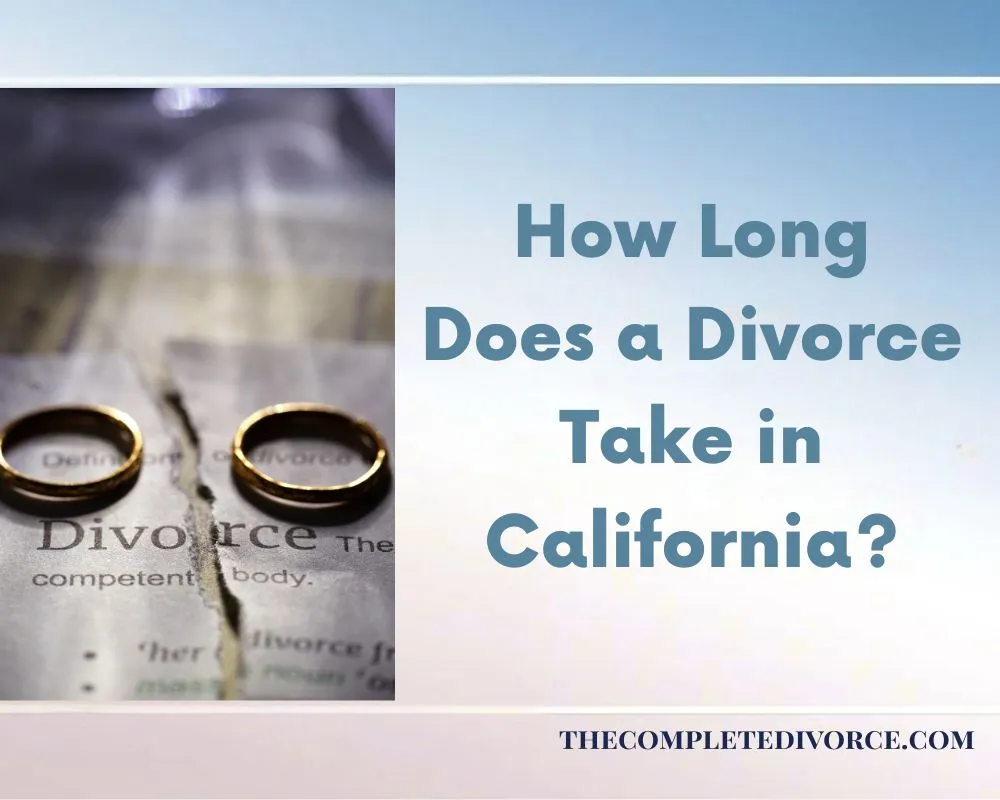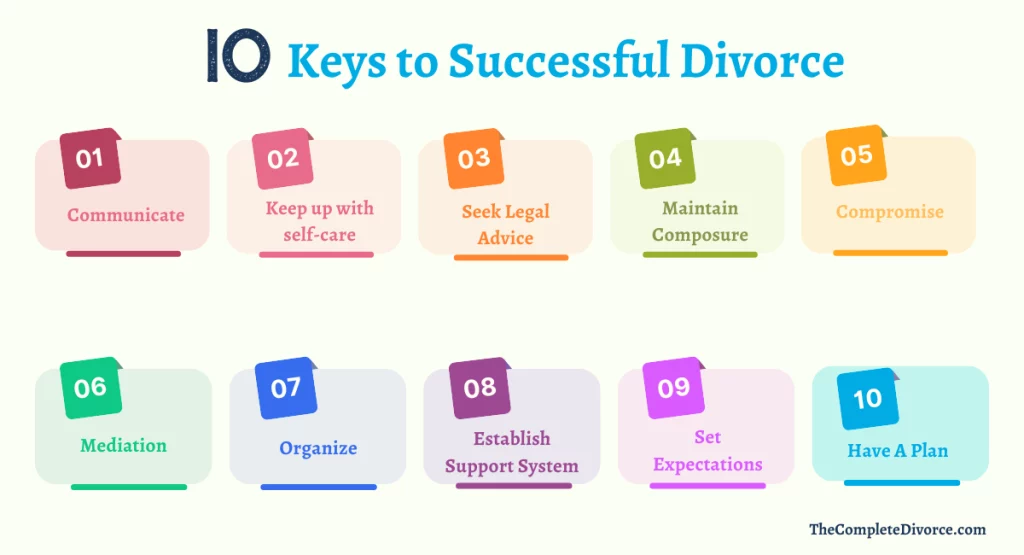
Share
How to Prove Your Separate Property in a California Divorce

Dina Haddad
Founder & Attorney Mediator
I’m Dina Haddad, a family law attorney-mediator in California. I’m so tired of couples not having a process that’s easy to complete their divorce. They are getting lost, wasting time and money, and beyond frustrated with their results.That’s why I created TheCompleteDivorce. I took my successful mediation practice and condensed it into an affordable and winning program.
Figuring out the Character of Property in a CA Divorce: Identifying and Proving Ownership
Community and Separate Property in a California divorce can pose challenges in identification during the complex landscape of a California divorce. In the union of marriage, it’s commonplace to share bank accounts and utilize gifts, inheritance, or pre-marital savings to offset expenses or loans. However, navigating the blurred lines between separate and community property requires a keen understanding of the intricacies involved.
Shared Finances and Mixed Property
Marriage often leads to the intertwining of financial aspects, potentially leading to assets with dual characteristics—both separate and communal—referred to as mixed property. In a litigation scenario, the division of mixed property rests on your ability to substantiate the separate portion. Success in this endeavor results in the separate portion going to you, while the communal portion is equally divided between both parties.
Diverse Scenarios: Community vs. Separate Property
For many couples, community property predominates, especially when they enter marriage with limited assets or haven’t received inheritances or gifts. In such cases, assets are shared equally upon divorce due to the absence of significant separate property elements.
Conversely, some couples acquire separate or mixed assets over time. This situation warrants the obligation to validate your separate property claim—a daunting task, especially in lengthy marriages with inadequate records or fluctuating property values. Nonetheless, with proper information, this can be accomplished.
Proving Separate Property
To establish separate property, several avenues can be pursued, often encapsulated as the “Four T’s“: Time, Tracing, Title, and Transmutation

TIME
This concrete factor highlights the property’s character. Demonstrating that an asset was acquired before marriage or post-separation solidifies its status as separate property. However, merely proving time isn’t enough. If you included your spouse’s name in the title while married, the property might have been conveyed to the community.
TITLE
Ownership is showcased through a title. Assets like cars, real estate, bank accounts, and life insurance are prime examples. Sole ownership implies separate property, whereas joint ownership leans toward community property. Exceptions exist for assets exclusively titled in one person’s name.
TRACING
Employing evidence, such as bank statements, traces an asset’s original source and current status. For instance, showing a savings account statement from before marriage establishes funds as separate property. Subsequent statements detail how those funds were utilized—whether saved, invested, or commingled with community assets.
TRANSMUTATION
Even with established separate property, transmutation—an intentional change in property’s character—can occur. Property can transform from separate to community or vice versa, usually through a written agreement, unless specified otherwise.
Complex Cases and Expert Consultation
Matters like retirement accounts complicate property division due to market fluctuations affecting contributions. Expert advice, often from a divorce professional, is crucial for accurate evaluation of property portions.
Achieving Clarity in Property Division
Successful establishment of property character results in a judge confirming ownership. Failure to prove separation leads to a 50-50 division of communal property. Negotiations may also secure partial separate property credits, even if conclusive proof is elusive.
The Core of Property Division
Ultimately, reaching a fair and sensible agreement in asset and debt division remains paramount. Unveiling your separate property’s worth may be crucial, emphasizing the significance of meticulous record-keeping for proof. Even with limited documentation, amicable negotiation can ensure equity.
Empowering Your Divorce Journey
At TheCompleteDivorce, we empower you with the tools necessary for a successful California divorce. Our offerings encompass required family law forms, comprehensive video tutorials, and customizable Marital Settlement Agreements. Should you require further assistance, our package includes valuable time with a divorce mediator.
Before departing, reflect on the potential support we can offer. With a proven track record of aiding countless California couples, our guided DIY divorce process is cost-effective and successful. Our services are consistently acclaimed, reflected in our 5-star reputation.






